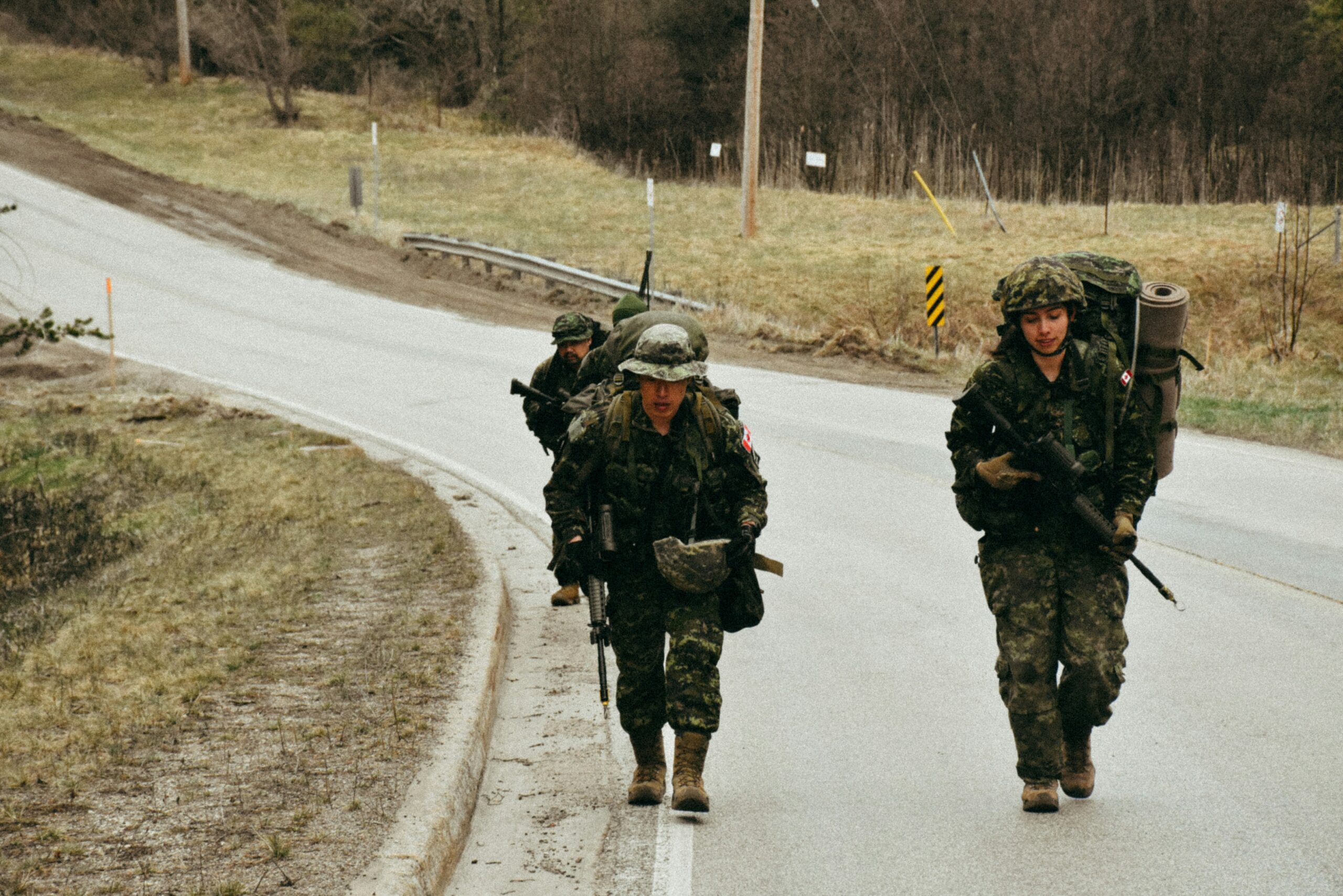
Combat engineers play an indispensable role in military operations, often bridging the gap between strategic goals and battlefield success. These highly trained professionals are integral to various tasks, from constructing vital infrastructure to ensuring troop mobility. Their work extends beyond basic construction and includes tasks such as fortifications, demolitions, and even minefield clearance, making them essential to the success of military campaigns. Understanding the diverse responsibilities and challenges that combat engineers face provides valuable insight into the complexity of modern warfare.
Construction and Infrastructure Development
One of the combat engineers’ primary roles is to build and maintain infrastructure that supports military operations. This includes constructing roads, bridges, and airfields, which are critical for moving troops and supplies. Combat engineers are often tasked with rapidly constructing these structures in hostile environments, sometimes under fire or amid ongoing combat. Their ability to quickly and efficiently build bridges or clear debris can mean the difference between success and failure in military campaigns.
Bridges, in particular, are vital in operations where movement across natural obstacles like rivers or valleys is necessary. Engineers can build temporary or permanent bridges, enabling swift troop movements and transportation of heavy equipment. Additionally, the ability to rapidly repair or rebuild infrastructure damaged during conflict ensures that military forces maintain their momentum and are not hindered by logistical bottlenecks.
Fortifications and Defensive Structures
Another crucial responsibility of combat engineers is the construction of fortifications and defensive structures to protect personnel and assets. These defensive positions include bunkers, trenches, and barriers designed to mitigate the impact of enemy fire and provide strategic advantages. Combat engineers must work quickly to create these structures, often under duress, to ensure that forces can hold their ground against enemy advances.
During defensive operations, engineers also play a key role in designing and implementing anti-tank and anti-infantry obstacles, such as minefields and barbed wire. These obstacles help slow enemy forces and create more favorable conditions for defenders. Combat engineers are adept at constructing these defenses while also being trained to clear them if necessary, ensuring that friendly forces can safely navigate areas once threatened.
Demolitions and Obstacles
Combat engineers are highly trained in demolition techniques, allowing them to destroy enemy infrastructure, disable vehicles, or clear paths for advancing troops. This skill is particularly valuable during offensive operations when soldiers must dismantle enemy fortifications or disrupt key logistical networks. Engineers use explosives to target enemy communication lines, bridges, and supply depots, hindering the enemy’s ability to regroup and fight back effectively.
In addition to offensive demolition, engineers use demolition tactics for strategic retreats or when delaying enemy progress. The ability to demolish bridges or other key infrastructure can slow the enemy’s advance and provide vital time for friendly forces to regroup. These destructive tactics are carefully planned to ensure minimal risk to their troops while achieving maximum disruption to the enemy.
Mobility and Mine Clearance
Mobility is a fundamental aspect of combat operations, and combat engineers ensure that roads and pathways remain clear for friendly forces while impeding enemy movement. Minefields are a constant threat in conflict zones, as they can render critical routes impassable. Engineers are highly skilled in detecting and clearing mines, using specialized equipment and techniques to neutralize explosive devices safely. Their ability to clear these hazards quickly and efficiently ensures that troops can maintain operational speed and avoid unnecessary casualties.
Combat engineers also contribute to creating mobility corridors for vehicles and personnel. They clear debris, level terrain, and repair roads, enabling troops to maneuver across the battlefield with minimal obstacles. The strategic mobility that combat engineers provide is crucial for maintaining a tactical advantage, whether in offensive, defensive, or retreating operations.
Support During Humanitarian Efforts
Beyond the direct scope of combat operations, combat engineers often contribute to post-conflict recovery and humanitarian efforts. They assist in rebuilding infrastructure damaged during conflict, such as schools, hospitals, and utilities, helping to restore normalcy to affected communities. This aspect of their work is vital for stabilizing post-conflict environments and laying the groundwork for long-term peace.
Engineers also play a significant role in disaster relief efforts, providing essential skills to assist with emergency infrastructure and logistics. Their expertise in constructing temporary shelters, clearing debris, and establishing critical utilities makes them invaluable assets in humanitarian missions.
Adapting to Modern Warfare
The role of combat engineers has evolved with technological advances and changes in warfare tactics. In modern warfare, combat engineers must utilize new technologies, such as drones for reconnaissance and automated mine detection and neutralization systems. These advancements allow combat engineers to perform their duties more efficiently and safely, reducing the risks associated with traditional engineering tasks.
Furthermore, combat engineers must be prepared for various challenges in various operational environments. Their adaptability is crucial to mission success, from urban warfare, where they may need to clear buildings or create entry points, to more traditional open-field combat. The ability to rapidly shift between tasks and respond to unexpected challenges defines the modern combat engineer’s role.